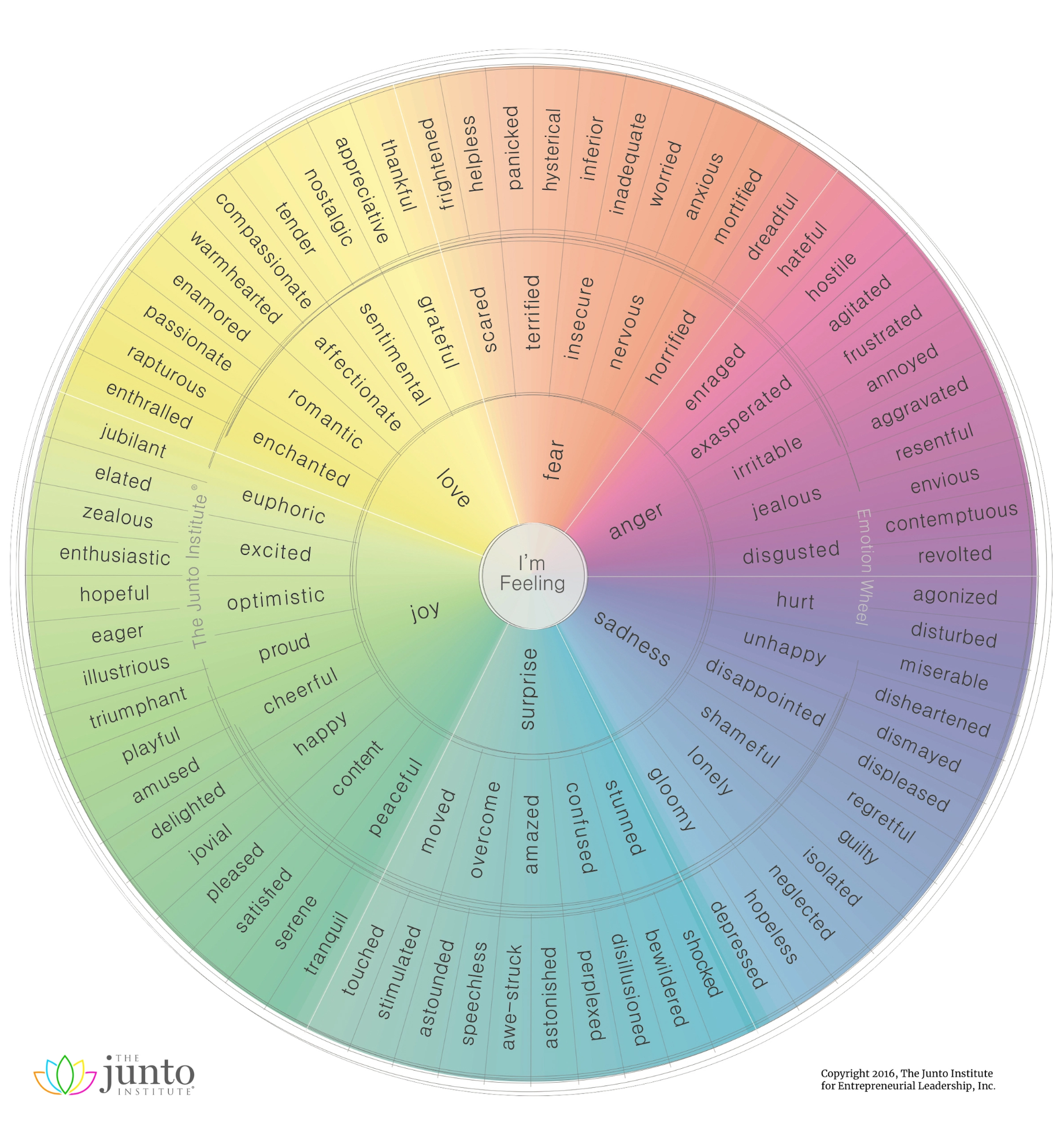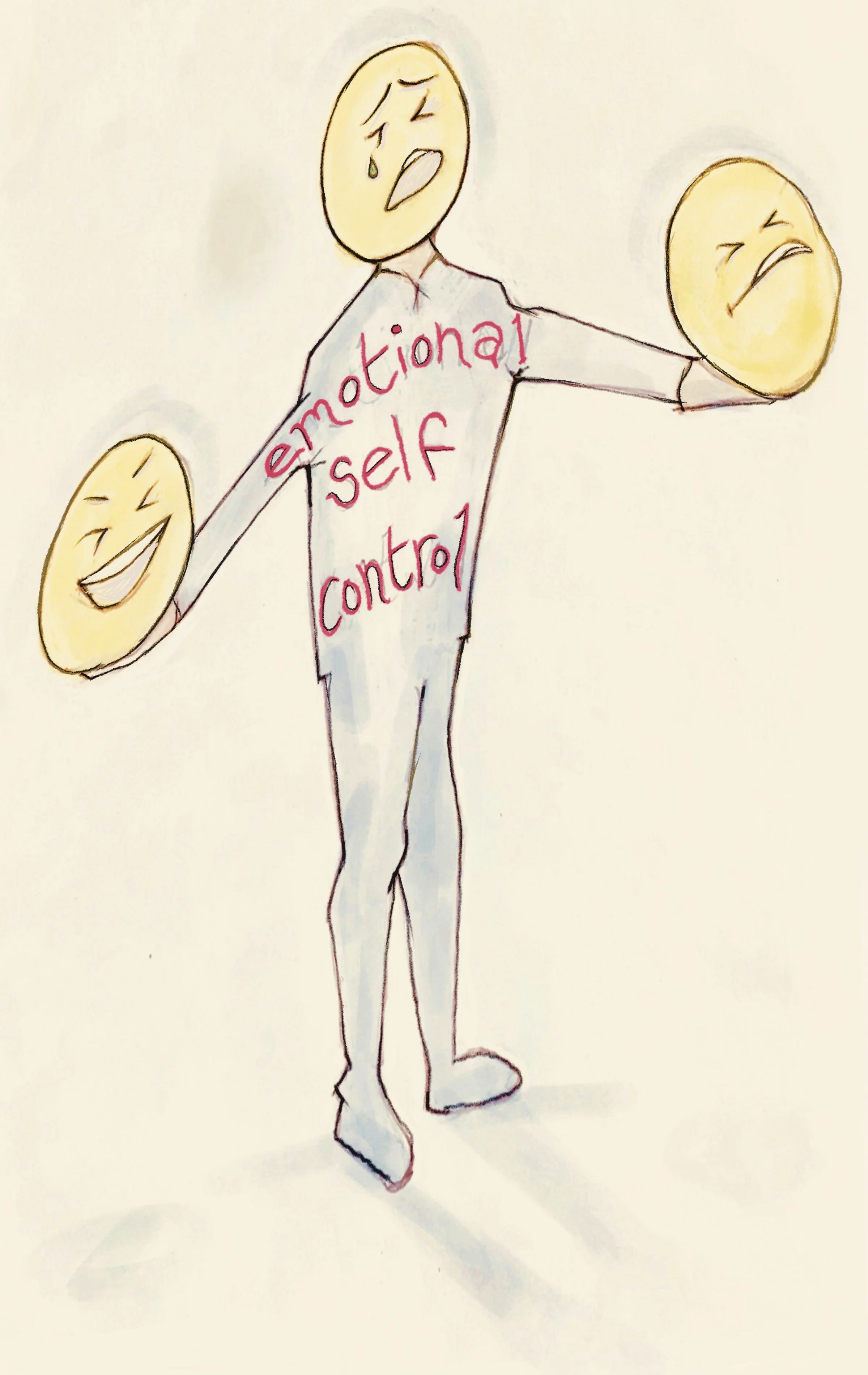Emotional Self Control Probably Doesn’t Mean What You Think…
But it’s an essential skill for Leaders
When you find yourself in an unexpectedly stressful situation—whether your CEO questions your decision-making or a colleague simply isn’t taking your feedback on board and you feel ignored or undermined—how do you react?
You might lose your temper and raise your voice or perhaps you find yourself wishing you could hide under your desk until the situation blows over. But no matter what your reaction is, we’ve all been there and often wished we’d behaved differently when we had time to reflect after the fact.
Emotional self control (also known as “emotional balance”) is one of the most misunderstood aspects of emotional intelligence (EI). People often believe that emotional self control means you can’t have or display any emotions at all. Let’s set the record straight: That’s not it!
Dr. Daniel Goleman, author of Emotional Intelligence: Why It Can Matter More Than IQ and one of the leading experts on the topic, writes that emotional self control is “the ability to remain calm and clear-headed during a stressful situation or crisis.” In other words, it’s the ability to handle our own disruptive emotions—not to ignore or deny them.
What the science says
Why exactly do we find ourselves having strong emotional reactions in the first place? It all comes down to the amygdala, the part of our brain that’s responsible for sensing and responding to danger. You’ve likely heard of the “fight or flight” response, and that’s the amygdala at work. As Goleman explains it, “If the amygdala perceives a threat (even if a symbolic one) these circuits can hijack the prefrontal cortex—the brain’s executive centre—and trigger our fight or flight response. That shuts down the thinking brain for the time being and so disrupts our ability to think clearly, let alone manage our emotions.”
This is why we might suddenly find ourselves having a strong emotional reaction to a stressful situation. The amygdala has essentially hijacked the more logical and even-tempered part of our brain.
It’s easy to see how this can cause trouble in the workplace. As a Product leader, you want to create a calm and safe atmosphere for your team. Your mood is contagious (especially when you have influence over others), and you don’t want negativity and unproductive emotions to ripple out to everyone else. Plus, if you’re angry, sad, or withdrawn, you can’t focus on your work, make good decisions, accept feedback, or adapt to ongoing changes.
The good news is that as we develop emotional self control, we can learn to manage our reactions and move towards a more positive outcome. Goleman explains, “Some circuits in the prefrontal cortex can inhibit the amygdala—just say “no”—helping us stay cool and calm despite tense circumstances. And like the other EI competencies, we can strengthen this neural pathway.”
The connection between emotional self control and resilience
I’ve already shared a few of the benefits of emotional self control—it allows you to avoid the negativity and unproductive outcomes that happen when your prefrontal cortex gets hijacked while creating a better, more peaceful work environment for you and your team members.
There’s another benefit that’s worth mentioning—emotional self control is also linked to resilience. When we have more emotional self control, we can more easily bounce back from negative situations. And again, we’re sending the signal to our teams that setbacks are inevitable, but we have agency over how we respond and adapt to them.
Illustration by artinker.com for Kate Leto
Building your emotional self control
So how do you improve emotional self control? We can’t control external triggers that might set us off, but we can get better at recognizing and managing our own reactions to them. Here are the activities and questions I work through with my coaching clients to help them do this:
Identify the situation when your emotions got the best of you. What was the trigger that set you off? Was it a specific event, conversation, or person?
Name the emotion. How did you feel? Was this something you’d experienced before or was it the first time? If this is difficult for you, using a tool like the visual guide to human emotions above can be incredibly helpful.
Describe the physical sensations. What was happening in your body when you were triggered? For example, did your shoulders or chest tighten? Did your stomach feel like knots?
Explain your thoughts. What was running through your head at that moment?
Consider what helped. Was there something that allowed you to get grounded and gain back that sense of self control? If not, could you come up with a few ideas to try out next time?
Going through this activity with a coach, peer, or other trusted partner is the first step on the path to growing self control. Here are a few other ideas to try out:
Practice pausing. If someone says or does something upsetting, take several deep breaths before you automatically respond. This can help de-escalate situations that may become damaging or dangerous.
Let go of the desire to “win” every encounter or argument. Remember that sometimes it’s better to step away from a stressful situation and return when everyone is feeling calmer.
Find more great advice in this article on self-regulation.
I’ve written quite a bit on emotional intelligence over the years. If this is a topic you’d like to learn more about, explore my posts on self awareness (Part 1 and Part 2), empathy, self empathy, organisational awareness, and conflict resolution.
I regularly work through emotional self control and other aspects of emotional intelligence with my leadership coaching clients. Does this sound like a skill you’d like to improve? Get in touch to learn how we might work together!
Subscribe to Product Leadership Essentials
Sign-up to my email newsletter to learn more about how to better understand and build your authentic Product Leadership skills.


